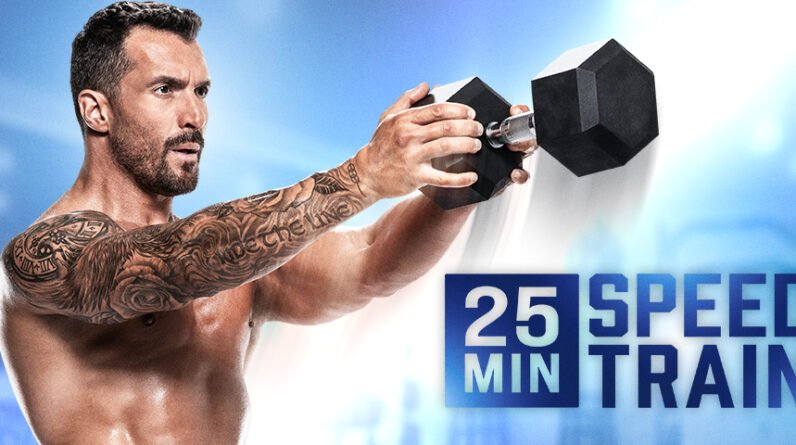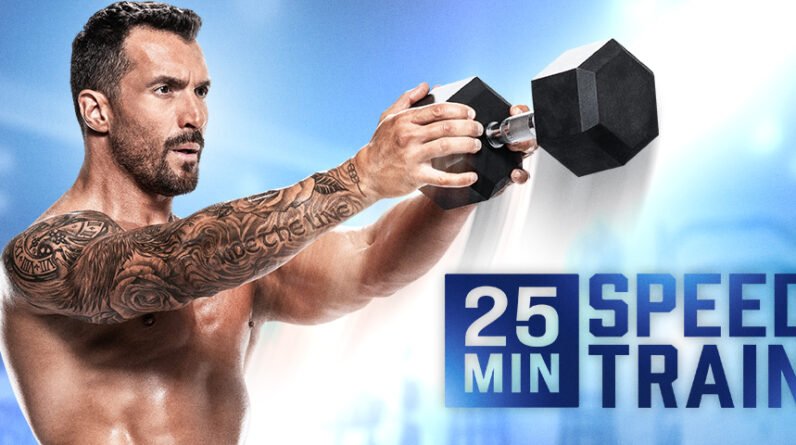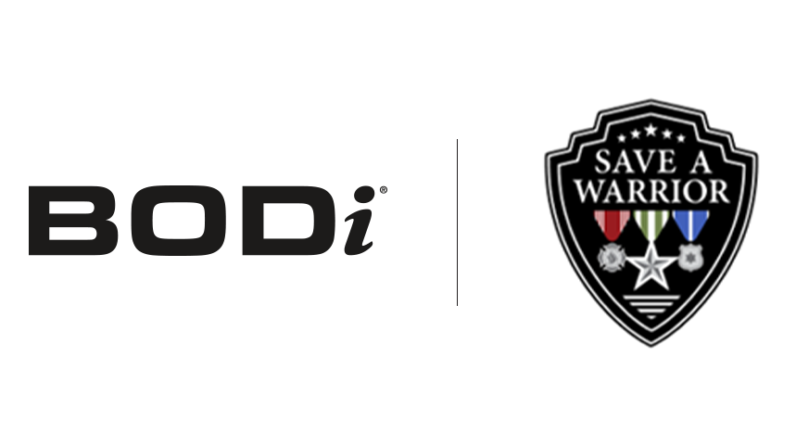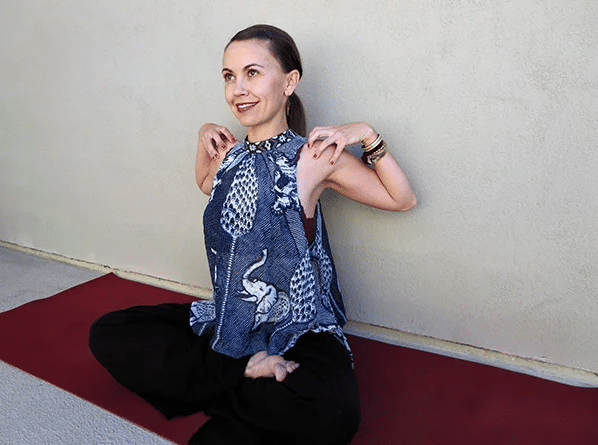
No, this is not magic or some loop hole. In its current guidelines, HSS offers an alternative directive when it comes to cardio: 75 minutes of vigorous aerobic exercise. Lots of things can fall under this umbrella, but quick HIIT workouts are one of the easiest options since they’re most effective when they’re short. “You can’t perform at a true high intensity if [the workout] is long,” Rachel Vaziralli, creative manager of group fitness at Equinox and exercise-science expert previously told Well+Good.
Aside from being a form of exercise that fast tracks your physical activity goals, there’s a lot to love about high-intensity interval training. But one unexpected benefit to HIIT is how it influences your hormones, in particular the hormone our bodies release when we’re under stress, cortisol, and how less high-intensity cardio can help lower its levels overtime compared to more low-to-moderate aerobic exercise.
How cutting cardio can help cut cortisol
When we work out, our bodies release cortisol because “exercise essentially is a controlled stress on your body,” says exercise physiologist Sharon Gam, PhD, CSCS. Hormonally, our bodies react to exercise the same way that they react to other stressors. That’s a totally healthy bodily function, according to Dr. Gam, as long as our bodies are able to reset adequately and get back to normal levels. The way you do that is through rest and recovery.
Which is where a surprising benefit of high-intensity workouts comes in, HIIT and other intense forms of exercise, like HILIT (high-intensity, low-impact training) cause your body to produce more cortisol than moderate-intensity workouts. But because they’re so all-consuming, afterward, the signal from your brain to your hormones to take a load off is louder and clearer than the memo it gets after a longer period of steady state cardio.
“What a lot of people are doing is skipping the recovery, doing constant moderate intensity and not letting their bodies come back to baseline,” Dr. Gam says. “Whereas when you do more vigorous exercise, you’re so tired, it kind of forces you to rest afterwards.” Ideally, you should buffer at least a day between high-intensity cardio workouts to allow your body time to recover. Essentially, if you’re doing constant steady state cardio, you may have chronically elevated cortisol levels without those crucial rest periods, which can negatively impact your endocrine system as a whole.
It’s not just the exhaustion that promotes healthy recovery and lowers cortisol levels after HIIT versus steady state cardio, though. High-intensity exercise causes your brain to release additional hormones, such as human growth hormone, that also send signals to slow down. “That’s not activated as much with moderate steady state,” Dr. Gam says. “You’re getting the stress response, but not also the additional tools to help your body come back down to a better baseline. Whereas with higher intensity, you’re gonna get a peak in stress, but you’re also gonna get more of the tools that help to rebuild your body afterwards.”
So if you want to go the efficient route when it comes to hitting your weekly cardio baseline—and help out your cortisol levels while you’re at it—here are three 25-minute HIIT workouts. Do all three in a week, and you’ll be crushing that 75-minute high-intensity exercise goal. Get after it!
25-minute Bodyweight HIIT workout
This workout specifically targets your core and gets your heart rate up with intervals that will get you sweating in no time.
25-minute Barry’s HIIT cardio workout
Barry’s is known for their running, so this workout mimics the intensity of the boot camp’s sprint intervals all from the comfort of your home gym.
25-minute Barry’s lower-body HIIT workout
If you want to squat and lunge your way to meeting your cardio goals, this lower-body focused workout is for you.
And don’t forget to work in some active recovery!







